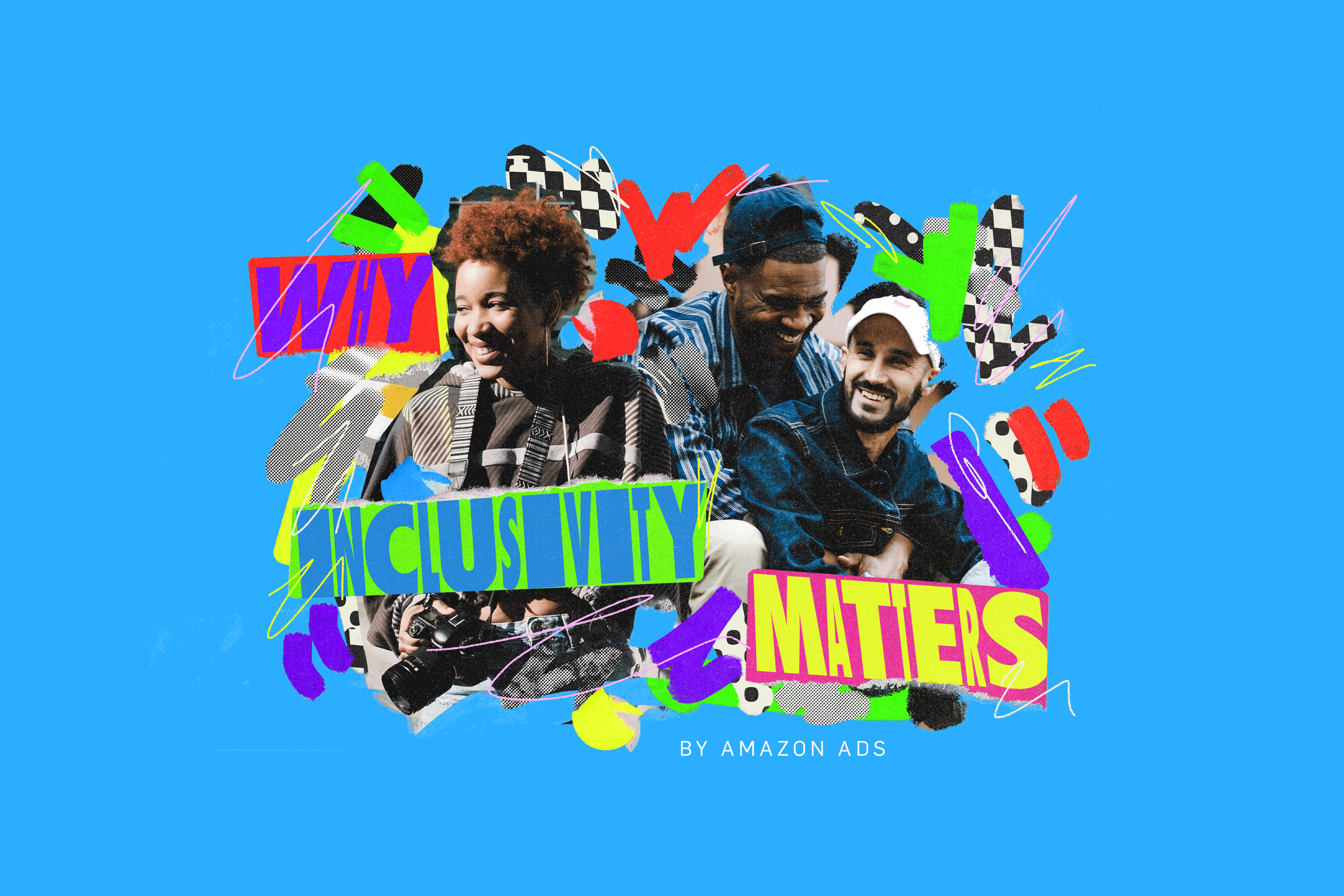
Inclusive advertising is a
business imperative.
Today’s consumers don’t just seek out a commitment to diversity, equity and inclusion (DEI); they expect it. In fact, 81% of consumers are more likely to purchase products or services from brands whose values align with their own, according to the 2023 Higher Impact report from Amazon Ads.
That’s because many people want to feel seen, heard and appreciated by the brands they shop. And one of the most impactful ways for brands to express that is by prioritizing and aligning their DEI values with those of their customers.
Diversity, equity and inclusion need to exist together to have full effect. Like the acronym, all parts are required to drive action. Additionally, cultural change is built with inclusion, and by making others feel like they belong.
The importance of differences in values, experiences, expectations and ways of interacting with different audiences should be top of mind for marketers. And not just because it’s what consumers want.
Inclusive advertising helps brands connect with a wide range of people, promotes innovation and ensures that ads can be enjoyed by a variety of audiences. This was evidenced by the Higher Impact report and forms the basis of brand marketing across the industry.
But what does this look like, and where should brands start?
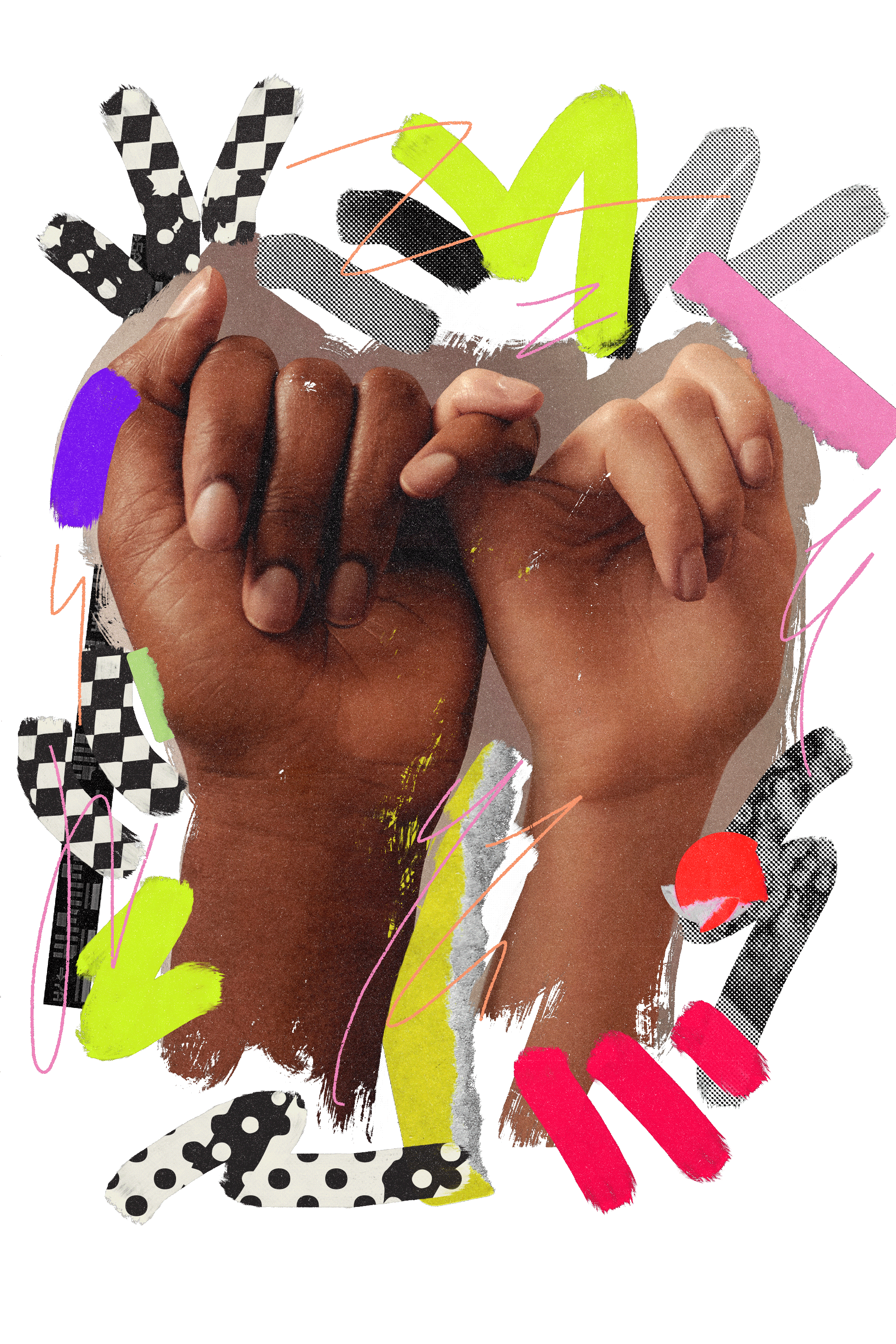
In Q1 2023, Amazon Ads launched the Allies of Diversity audience, which aims to provide a solution to reach an array of consumers at scale that have demonstrated signals of allyship, an active commitment to drive change through acts of sponsorship and advocacy. Amazon infers allyship based on aggregated first-party shopping and streaming signals when the audience reflects one or more of the following attributes:
They purchase books and educational materials on a range of topics like women’s studies, race relations, human rights, cultural policy and immigration.
They are fans of artists who are promoters of DEI.
They consume multilingual content with English subtitles.
“At Amazon Ads, we have a legacy of inclusion,” said Sunny Youn, global head of agency analytics at Amazon Ads. “By introducing Allies of Diversity, we wanted to enable our partner agencies and advertisers to reach consumers who reflect our own leadership principles.”
Taking a fully inclusive approach can be transformative for building or rebuilding brand affinity, authenticity and innovation—and, ultimately, boosting the bottom line.
Taking an inclusive approach means considering ways that resonate with the values of a wide range of diverse audiences.
About 68% of global consumers said they want to see more diversity in advertising, per the Higher Impact report.
Why? Because representation matters: Consumers want to see themselves in campaigns to be able to relate, connect and, ultimately, support brands.
But practicing inclusivity goes beyond products and services. Brands need to mirror this mindset outside of sales for people to be able to trust them—52% of consumers in the Amazon Ads report said that the most authentic way for a brand to demonstrate commitment to DEI is through broader actions and causes it supports.
REPRESENTATION IN ACTION
Consumers notice when businesses build products with them in mind—and when they don’t.
In 2018, Melissa Orijin took her daughter Esi to the toy store in hopes of finding a doll that would make her feel less alone as the only Black student in her class. When she couldn’t find one, she took matters into her own hands.
Orijin Bees makes multicultural dolls with different complexions and hair textures. It’s this attention to detail that helped Orijin break into the toy business and earn spots on Oprah’s Favorite Things and Forbes. Most importantly, it allowed her daughter to feel what everyone deserves to feel: validated, inspired and, simply, seen. In other words, Esi felt included.
WHAT INNOVATORS OF INCLUSIVITY SAY
“Our ability to effectively and authentically connect to diverse audiences is the cornerstone for all of our marketing efforts. It allows us to showcase the breadth of Black stories accessible on our platform, giving both potential and existing subscribers easy and reliable access to the array of titles available on BET+.”—Veronica Perez, Senior Director, Acquisition & Partnerships, Paramount.
“When thinking about creating campaigns, we want to devise creative for a diverse audience and to be culturally relevant to ensure we are creating an environment where everyone feels a sense of belonging and opportunity.” —David Campanelli, EVP and Chief Investment Officer, Horizon Media.
Taking an inclusive approach means considering ways that resonate with the values of a wide range of diverse audiences.
About 68% of global consumers said they want to see more diversity in advertising, per the Higher Impact report.
Why? Because representation matters: Consumers want to see themselves in campaigns to be able to relate, connect and, ultimately, support brands.
But practicing inclusivity goes beyond products and services. Brands need to mirror this mindset outside of sales for people to be able to trust them—52% of consumers in the Amazon Ads report said that the most authentic way for a brand to demonstrate commitment to DEI is through broader actions and causes it supports.
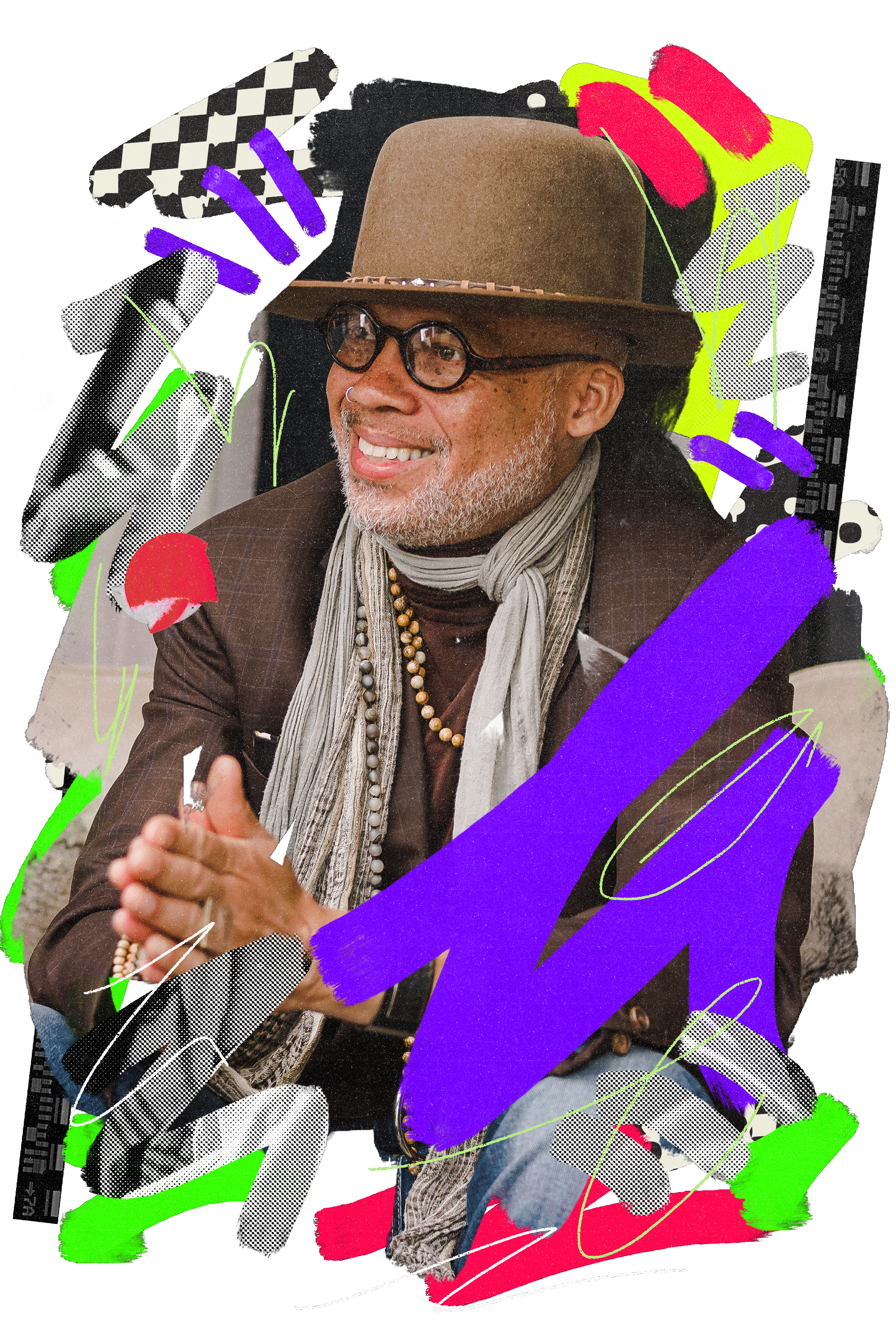
REPRESENTATION IN ACTION
Consumers notice when businesses build products with them in mind—and when they don’t.
In 2018, Melissa Orijin took her daughter Esi to the toy store in hopes of finding a doll that would make her feel less alone as the only Black student in her class. When she couldn’t find one, she took matters into her own hands.
Orijin Bees makes multicultural dolls with different complexions and hair textures. It’s this attention to detail that helped Orijin break into the toy business and earn spots on Oprah’s Favorite Things and Forbes. Most importantly, it allowed her daughter to feel what everyone deserves to feel: validated, inspired and, simply, seen. In other words, Esi felt included.
WHAT INNOVATORS OF INCLUSIVITY SAY
“Our ability to effectively and authentically connect to diverse audiences is the cornerstone for all of our marketing efforts. It allows us to showcase the breadth of Black stories accessible on our platform, giving both potential and existing subscribers easy and reliable access to the array of titles available on BET+.”—Veronica Perez, Senior Director, Acquisition & Partnerships, Paramount.
“When thinking about creating campaigns, we want to devise creative for a diverse audience and to be culturally relevant to ensure we are creating an environment where everyone feels a sense of belonging and opportunity.” —David Campanelli, EVP and Chief Investment Officer, Horizon Media.
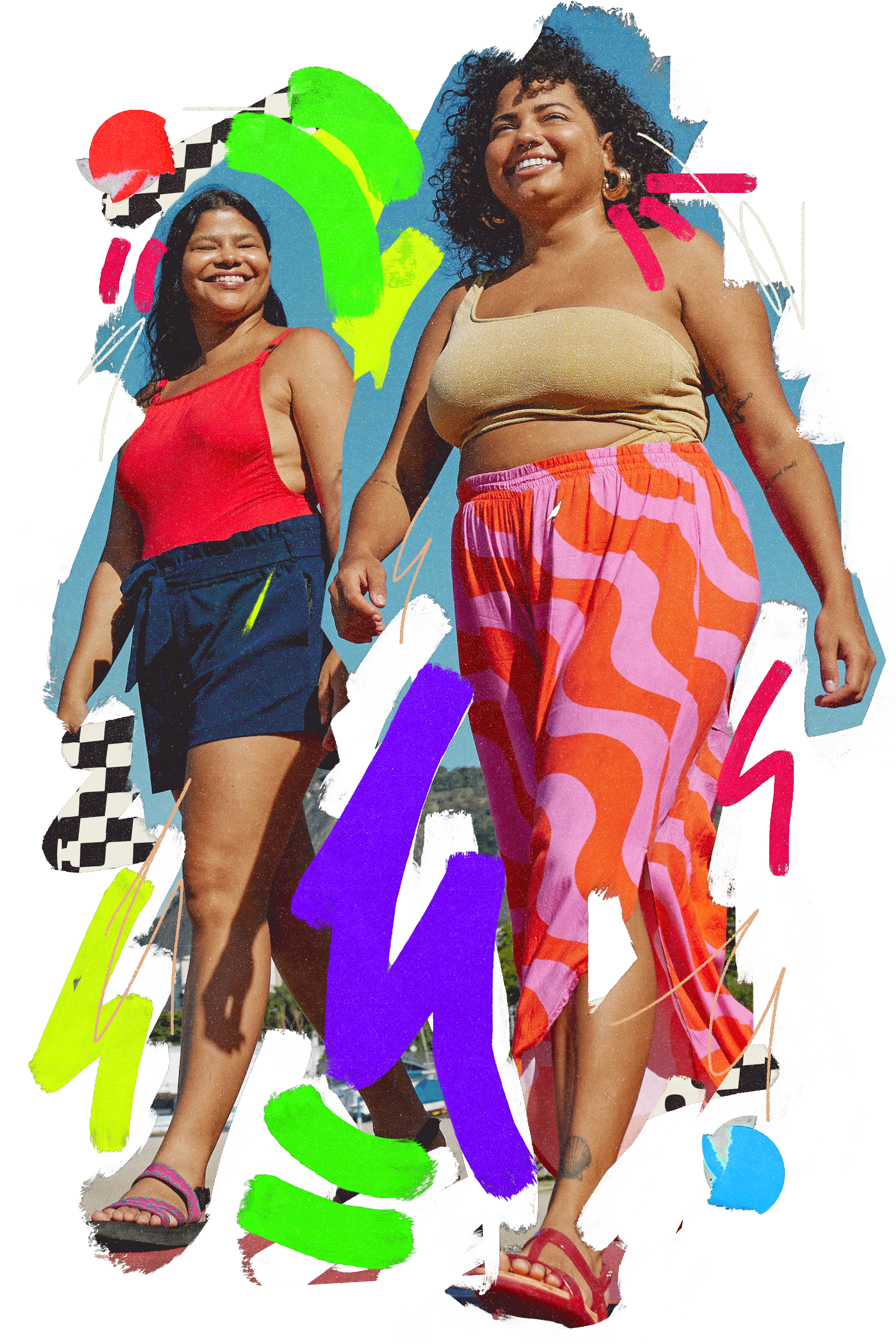
In the past few years, brands have been busting gender stereotypes with ads that show individuals who identify as women championing the workplace, playing sports and being proud of their bodies.
But there’s still much work to be done. Globally, 29% of consumers say gender equality is the most important part of DEI to them, according to the Higher Impact report. Today, taking a gender-inclusive approach in media means spotlighting women’s ideas and celebrating their innovations in campaigns in an effort to actively undo ingrained ways of thinking.
Giving a voice to women and helping others hear their voices points to the “equity” in DEI. Brands need to do more than just show women’s faces; they need to showcase them.
Showcasing women’s success involves highlighting inspirational stories and rewriting narratives that may create patriarchal barriers. It goes beyond visibility and creates role models for all ages. It not only creates equity, but ensures that everyone of every gender feels heard and seen.
EQUITY IN ACTION
According to recent Mastercard research, 80% of U.S. women entrepreneurs, solo-preneurs, small-business owners and content creators report having financial challenges.
Recognizing the universal obstacles entrepreneurs face, particularly minority entrepreneurs, Mastercard created a holistic campaign to support Black women-owned small businesses.
As part of the initiative, Mastercard collaborated with Amazon Ads, setting the stage for these Black women to share the origin stories of their brands on Amazon Live where they could connect directly with customers through an interactive live chat. In the U.S., the activation started during Black History Month in February and continued into Women’s History Month in March, bringing to life the intersectionality of the campaign.
The campaign featured three celebrity-hosted streams on Amazon Live that highlighted the stories of eight Black women-owned small businesses across the U.S. that are participating in Amazon’s Black Business Accelerator (BBA). By collaborating with Amazon, Mastercard contributed to the mission of building sustainable growth for Black-owned businesses by explicitly focusing on barriers to access, opportunity and advancement.
Another way to breed innovation and tackle barriers is to uncover simple changes. That’s how Sarah Ribner turned a clean deodorant brand into a sustainability mission.
After successfully creating natural deodorant brand PiperWai in 2014, Ribner realized that people should not only have the privilege of living in a clean body, but also, in a clean world. So, she made an active decision to add sustainability to her mission that began with using pollutant-free packaging to decrease her brand’s carbon footprint.
And she wasn’t alone on her mission. According to the Higher Impact report, 66% of consumers actively seek out brands that are sustainable in their business practices.
WHAT INNOVATORS OF INCLUSIVITY SAY
“Innovation means making an adaptation or evolution to an existing system; it doesn’t have to be radical. Sometimes the simplest changes can be very effective.” —Akama Davies, VP, Global Solutions and Operations, Xaxis
In the past few years, brands have been busting gender stereotypes with ads that show individuals who identify as women championing the workplace, playing sports and being proud of their bodies.
But there’s still much work to be done. Globally, 29% of consumers say gender equality is the most important part of DEI to them, according to the Higher Impact report. Today, taking a gender-inclusive approach in media means spotlighting women’s ideas and celebrating their innovations in campaigns in an effort to actively undo ingrained ways of thinking.
Giving a voice to women and helping others hear their voices points to the “equity” in DEI. Brands need to do more than just show women’s faces; they need to showcase them.
Showcasing women’s success involves highlighting inspirational stories and rewriting narratives that may create patriarchal barriers. It goes beyond visibility and creates role models for all ages. It not only creates equity, but ensures that everyone of every gender feels heard and seen.

EQUITY IN ACTION
According to recent Mastercard research, 80% of U.S. women entrepreneurs, solo-preneurs, small-business owners and content creators report having financial challenges.
Recognizing the universal obstacles entrepreneurs face, particularly minority entrepreneurs, Mastercard created a holistic campaign to support Black women-owned small businesses.
As part of the initiative, Mastercard collaborated with Amazon Ads, setting the stage for these Black women to share the origin stories of their brands on Amazon Live where they could connect directly with customers through an interactive live chat. In the U.S., the activation started during Black History Month in February and continued into Women’s History Month in March, bringing to life the intersectionality of the campaign.
The campaign featured three celebrity-hosted streams on Amazon Live that highlighted the stories of eight Black women-owned small businesses across the U.S. that are participating in Amazon’s Black Business Accelerator (BBA). By collaborating with Amazon, Mastercard contributed to the mission of building sustainable growth for Black-owned businesses by explicitly focusing on barriers to access, opportunity and advancement.
Another way to breed innovation and tackle barriers is to uncover simple changes. That’s how Sarah Ribner turned a clean deodorant brand into a sustainability mission.
After successfully creating natural deodorant brand PiperWai in 2014, Ribner realized that people should not only have the privilege of living in a clean body, but also, in a clean world. So, she made an active decision to add sustainability to her mission that began with using pollutant-free packaging to decrease her brand’s carbon footprint.
And she wasn’t alone on her mission. According to the Higher Impact report, 66% of consumers actively seek out brands that are sustainable in their business practices.
WHAT INNOVATORS OF INCLUSIVITY SAY
“Innovation means making an adaptation or evolution to an existing system; it doesn’t have to be radical. Sometimes the simplest changes can be very effective.” —Akama Davies, VP, Global Solutions and Operations, Xaxis
Good storytelling puts the audience first. Great storytelling puts humans first.
When brands embrace identity and showcase the beauty of individuality, they’re able to create a message that has the power to change the global consciousness. But being inclusive to LGBTQIA+ audiences means more than just waving the pride flag.
Why? Because, with 69% of consumers agreeing that they’re more likely to shop from a brand willing to take a stance on social issues and conflicts (per the Higher Impact report), taking no stance is, in fact, a stance in itself.
To authentically advertise to people of all gender identities and sexual orientations, brands need to support safe spaces. For example, ad creative that make LGBTQIA+ audiences—many of whom are shut out of mainstream society—feel seen, heard, loved and understood are key to creating authentic appeal and inclusivity.
AUTHENTICITY IN ACTION
Brands have the opportunity to inspire audiences to take meaningful action toward creating a more inclusive world.
Take it from Dianne Hodges, a community organizer who, in 2009, transformed an abandoned Chicago lot into what is now South Merrill Community Garden. Since 2009, the garden has become a hub of pride and activity, including growing and giving food, joy and education to anyone who needs it. The campaign “Love Has No Labels,” by Amazon Ads and the Ad Council, highlights Hodges’ work and the transformative power of creating safe spaces and embracing diverse interpretations of love.
Now, when people ask, “What is love?” Alexa shares a response from one of the eight diverse voices featured in the campaign, with answers like “Love is making sure that I was just like any other kid” and “Love is when someone acknowledges how I identify.”
In addition to being extremely telling and valuable insight into what consumers want, these responses provide a way in for brands to think creatively about how to incorporate small acts of everyday love that can make people feel included.
Amazon Ads and the Ad Council also collaborated on the “Sound It Out: When You Can’t Say It, Play It” campaign, which provided a pathway to inclusion for individuals navigating their identities.
The digital experience, which has options in both English and Spanish, offers parents and caregivers a way to initiate important conversations, such as those regarding identity and expression, with their children through the power of music. Users can search for songs based on emotions like “happy,” “sad,” “angry” and more, and send a song to let their teen know they’re there for them. Either party can send songs back and forth from there or use the music as a jumping-off point for deeper conversations.
By making messages and products with purpose, brands can connect with consumers on a differentiated and memorable level that builds trust, love and loyalty.
WHAT INNOVATORS OF INCLUSIVITY SAY
“As openly transgender, I often feel misunderstood. I've been told by people that my mother shouldn't even love me because of my identity. So, I put on certain songs that remind me my mom will always love and embrace me no matter the obstacles I endure and the bigotry I face.” —Nico Craig, DJ and Sound It Out contributor.
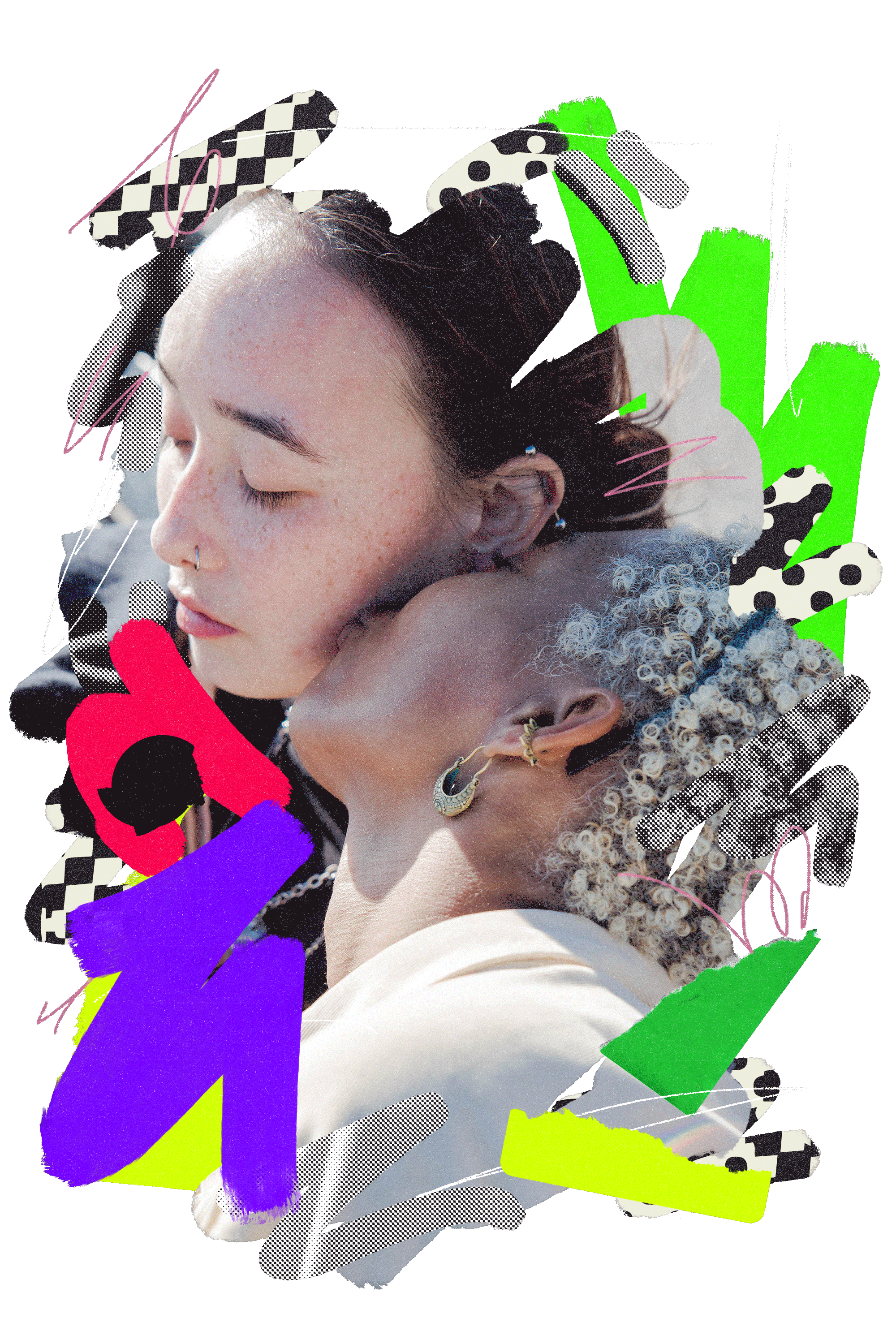
Good storytelling puts the audience first. Great storytelling puts humans first.
When brands embrace identity and showcase the beauty of individuality, they’re able to create a message that has the power to change the global consciousness. But being inclusive to LGBTQIA+ audiences means more than just waving the pride flag.
Why? Because, with 69% of consumers agreeing that they’re more likely to shop from a brand willing to take a stance on social issues and conflicts (per the Higher Impact report), taking no stance is, in fact, a stance in itself.
To authentically advertise to people of all gender identities and sexual orientations, brands need to support safe spaces. For example, ad creative that make LGBTQIA+ audiences—many of whom are shut out of mainstream society—feel seen, heard, loved and understood are key to creating authentic appeal and inclusivity.

AUTHENTICITY IN ACTION
Brands have the opportunity to inspire audiences to take meaningful action toward creating a more inclusive world.
Take it from Dianne Hodges, a community organizer who, in 2009, transformed an abandoned Chicago lot into what is now South Merrill Community Garden. Since 2009, the garden has become a hub of pride and activity, including growing and giving food, joy and education to anyone who needs it. The campaign “Love Has No Labels,” by Amazon Ads and the Ad Council, highlights Hodges’ work and the transformative power of creating safe spaces and embracing diverse interpretations of love.
Now, when people ask, “What is love?” Alexa shares a response from one of the eight diverse voices featured in the campaign, with answers like “Love is making sure that I was just like any other kid” and “Love is when someone acknowledges how I identify.”
In addition to being extremely telling and valuable insight into what consumers want, these responses provide a way in for brands to think creatively about how to incorporate small acts of everyday love that can make people feel included.
Amazon Ads and the Ad Council also collaborated on the “Sound It Out: When You Can’t Say It, Play It” campaign, which provided a pathway to inclusion for individuals navigating their identities.
The digital experience, which has options in both English and Spanish, offers parents and caregivers a way to initiate important conversations, such as those regarding identity and expression, with their children through the power of music. Users can search for songs based on emotions like “happy,” “sad,” “angry” and more, and send a song to let their teen know they’re there for them. Either party can send songs back and forth from there or use the music as a jumping-off point for deeper conversations.
By making messages and products with purpose, brands can connect with consumers on a differentiated and memorable level that builds trust, love and loyalty.
WHAT INNOVATORS OF INCLUSIVITY SAY
“As openly transgender, I often feel misunderstood. I've been told by people that my mother shouldn't even love me because of my identity. So, I put on certain
songs that remind me my mom will always love and embrace me no matter the obstacles I endure and the bigotry I face.” —Nico Craig, DJ and Sound It Out contributor.
About Amazon Ads
Amazon delivers inclusive experiences and technology to over 60 countries around the world—earning the Human Rights Campaign Corporate Equality Index Perfect Score and Best Places to Work for LGBT+ Equality, 2022. Amazon employees harness the power of their differences to build a brighter future for each other, our customers and the community. Amazon Ads helps brands design ad experiences that delight customers and deliver meaningful business results. With hundreds of millions of global active customer accounts, and first-party insights into shopping, streaming and browsing, brands can craft relevant campaigns that enhance the customer experience. Solutions on Amazon.com, services like Twitch, Freevee, Alexa, Amazon Music’s ad-supported tier, and collaborations with third-party publishers and exchanges make Amazon Ads an amplifier for brands to reach relevant audiences.
Illustrated by Kris Andrew Small



 Built with Shorthand
Built with Shorthand





